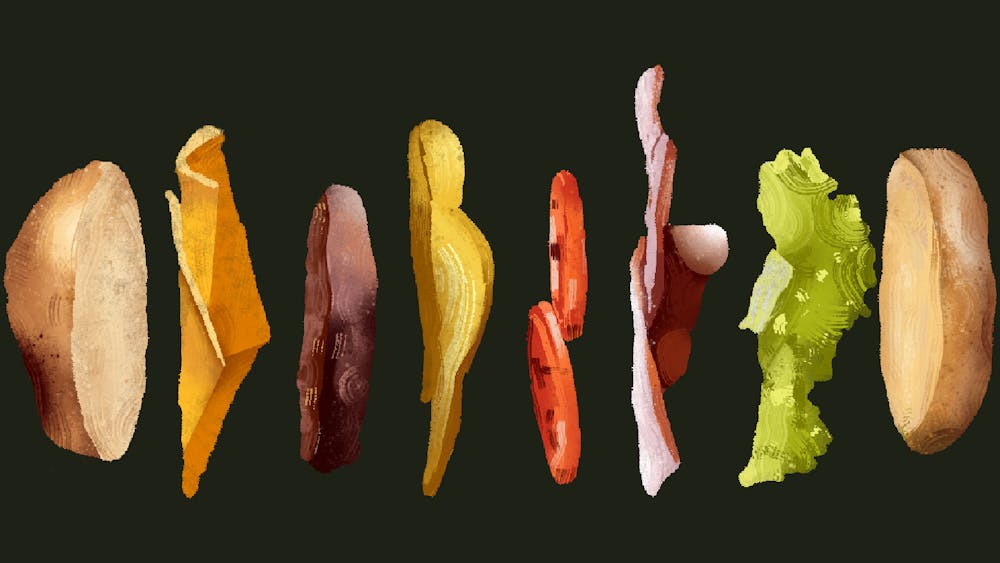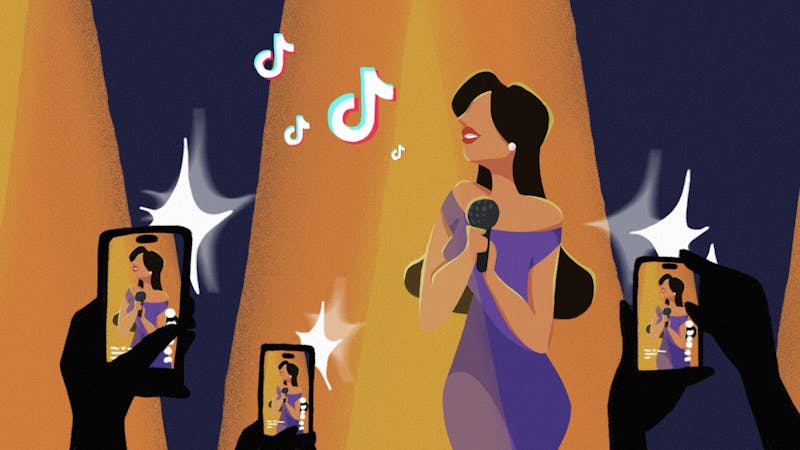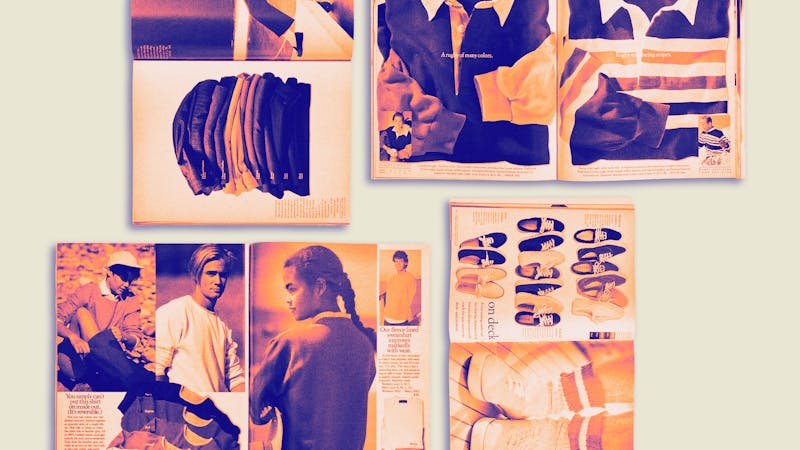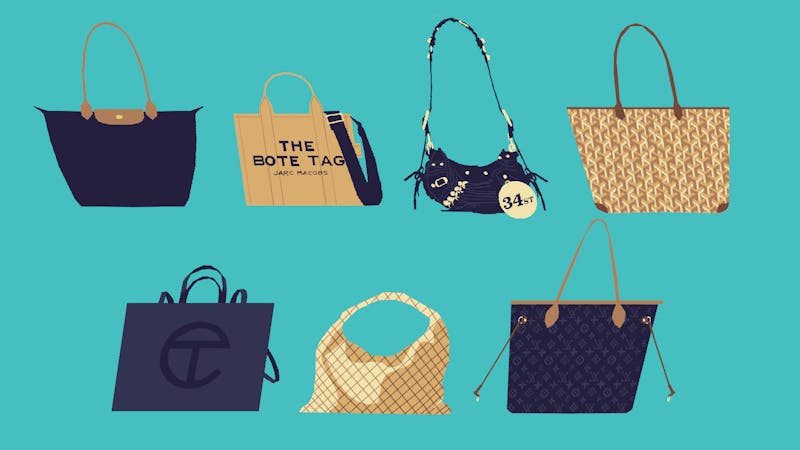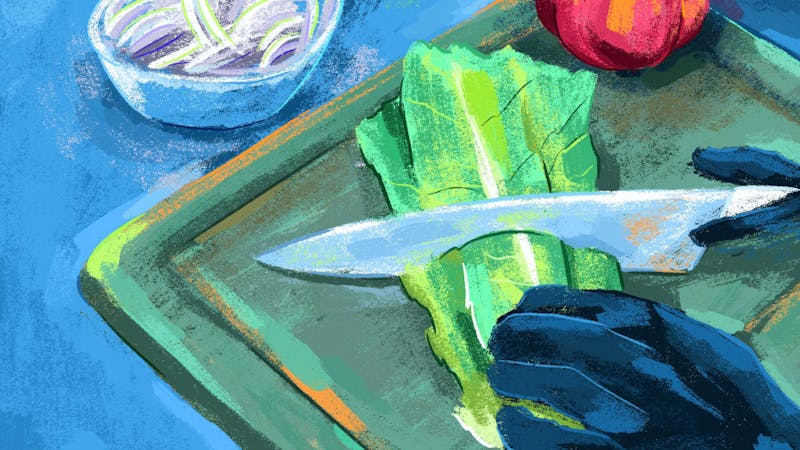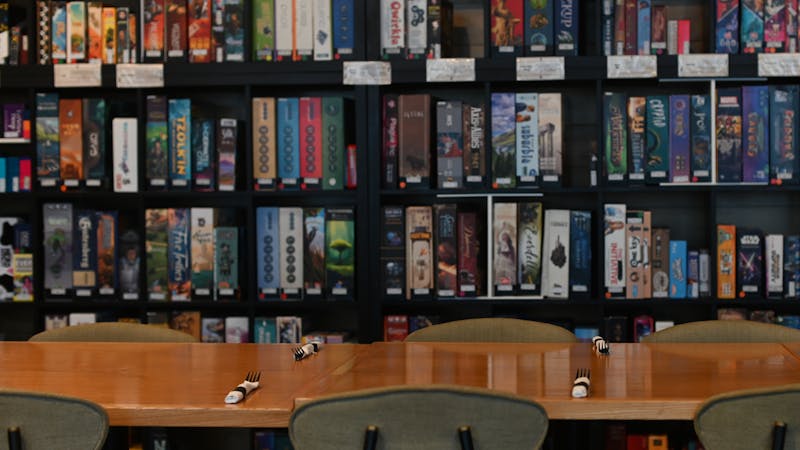At the boba shop where I worked this summer, I would often spend my time idly staring at the art on the walls. Among the canvases of blue lakes and rugged mountains, my favorite was an illustration of a pink cat perched atop a milk–tea bottle. With each piece of art marked with a price tag of $100, I found myself hoping that prospective owners would cherish these pieces made with hard work and clear, careful precision.
“You know those paintings are AI–generated, right?” my coworker said to me one day after she caught me, yet again, mesmerized by the smiling cat on the wall.
I had no idea. Despite having read piles of articles about the effects of AI on academic learning, interacted with AI through Amazon chatbots, and driven to work that day in an AI–automated car, the revelation of AI’s unseen influence at the boba shop left me feeling deeply unsettled.
We know that AI has permeated many aspects of our lives—but what about the less obvious, everyday things that are also impacted by AI?
Next to the art pieces on the wall were posters of the most popular drinks of the store—a seeming juxtaposition of contemporary art and the “ancient” era of traditional photography. Yet at a closer glance, the drinks on the posters seemed unnaturally perfect. The milk caps looked too creamy, the ice cubes too symmetrical. Brown sugar was artfully drizzled along the perimeters of the cup, and for coffee drinks, steam rose from each cup like breath in cold air.
Here’s the brutal truth: It wasn’t just the paintings, but also the drink posters that were products of AI.
AI is employed not only in producing traditional art but also, more subtly, in generating food photography. Ever seen a photo of a $10 cheeseburger on DoorDash and wondered why it looked like a Gordon Ramsey original? The answer: AI.
In fact, several ghost kitchens—restaurants specifically optimized for food delivery apps—frequently use AI–generated photos in lieu of real photos of their dishes. Professional photographers can cost upwards of hundreds of dollars, and many businesses don’t make enough revenue to dish out big bucks on seemingly trivial business endeavors. Furthermore, when third–party food delivery services such as DoorDash and GrubHub assign photographers to take photos at restaurants, it can be a logistical nightmare for the restaurant owner and photographer to coordinate set times for the photoshoot. The end result of a photoshoot is often food waste, subpar photos, and financial loss for the restaurant, as well as the misspent time of the photographer—troubles which would be fully eradicated by the use of AI photography.
This shift toward AI–generated photos is also driven by consumer response. Research has suggested that consumers find AI–generated images of food more appetizing than genuine photos of food. AI machines, such as DALL–E 3, accentuate key features such as lighting, glossiness, positioning, and color to manufacture food attractiveness—and the more pristine the food looks, the higher the chance that consumers will desire to purchase it. Especially in environments like delivery platforms, visual representations of food can make or break a consumer’s choice.
But along with its success, AI photography has also introduced significant pitfalls. Businesses such as Instacart have faced public scrutiny because of their inaccurate representations of food created with AI. The pictures have weird textures, strange shadows, and often stir up some pretty grotesque reactions. Seeing a photo of a hot dog with the interior anatomy of a tomato isn’t exactly number one on anyone’s bucket list.
Moreover, to add to the controversy of AI, generative AI models are often trained using images that aren’t licensed for use in AI–training data sets, and there have been several instances of companies filing lawsuits against AI companies for copyright infringement. Though unlikely, this could cause restaurants who promote their products using AI–generated photos to also be held liable for copyright infringement.
On the consumer side, AI–generated images can encourage unrealistic expectations about food for consumers, stimulating something called “visual hunger”—where looking at images of food can trigger hunger. With constant exposure to these idealized versions of food, consumers can be driven to make impulsive choices in pursuit of the perfect meal that they see in AI–generated images. The consequences of this are intense: Consumers fall into patterns of unhealthy eating habits.
But how much of this is really new? Marketing has long made use of tactics to enhance product appeal. Think that the milk in a Cheerios ad is real milk? Well, think again. It’s actually glue, which helps cereal retain its white appearance and prevents the cereal itself from sinking. Have you ever wondered why your Big Mac looks like a dilapidated pile of junk in real life compared to how it looks on TV? Pieces of the Big Mac are separated by string and toothpicks, ensuring each juicy layer is on full display to the world.
In our current food advertising marketplace, AI is just another method used to sell goods, another tool in the marketer’s arsenal, and a new way of food–styling. So the next time you find yourself drooling over the impossibly scrumptious–looking Subway sandwich on the ad board at the nearby SEPTA station, you’ll know exactly what’s cooking behind the scenes.
